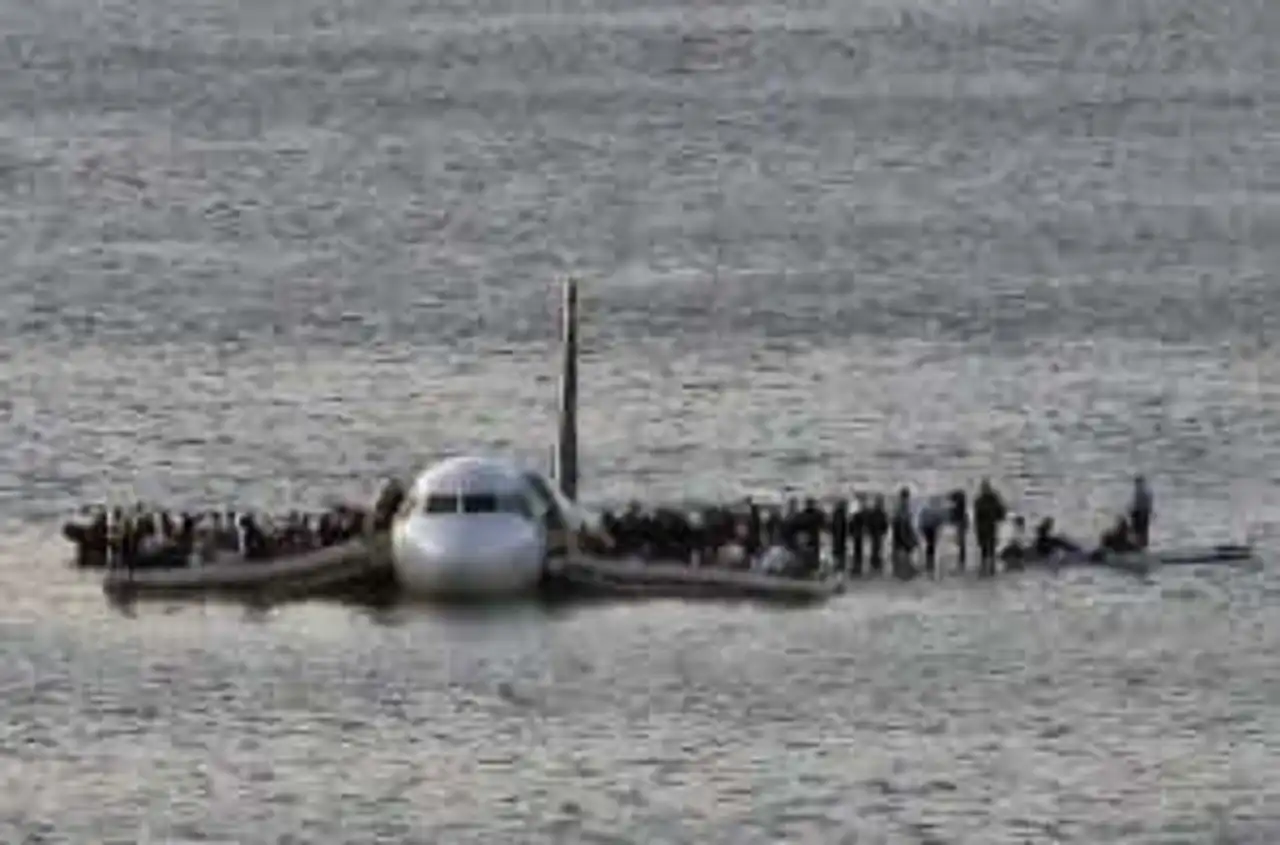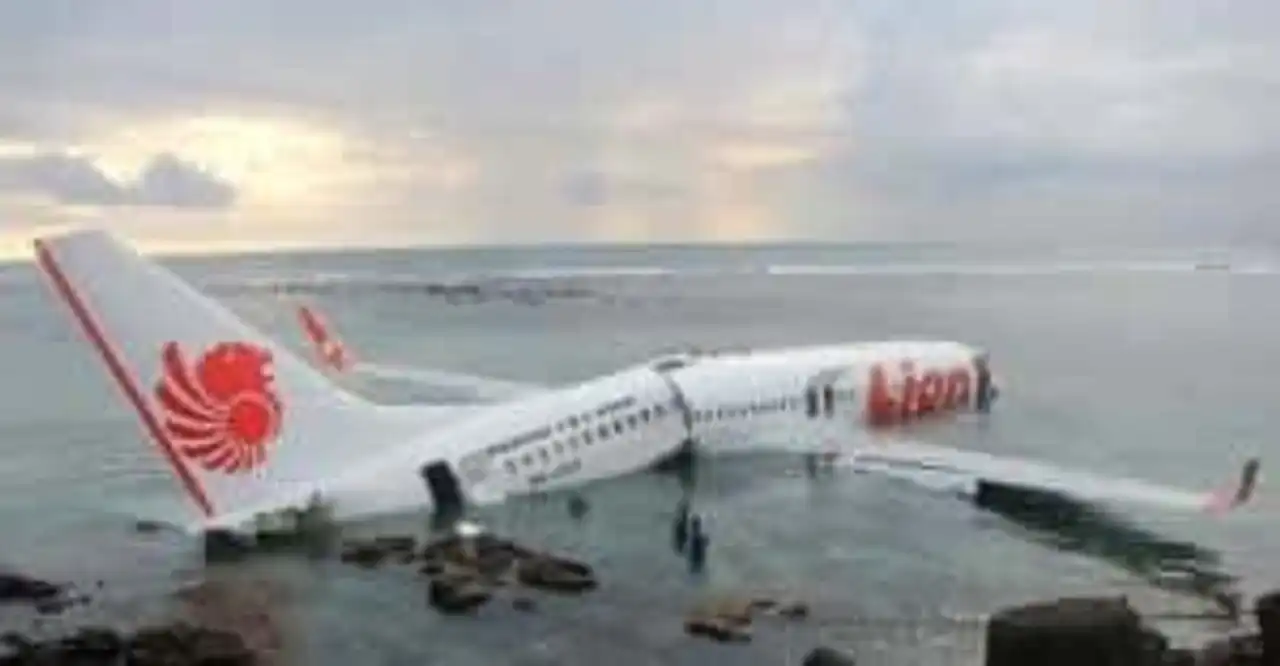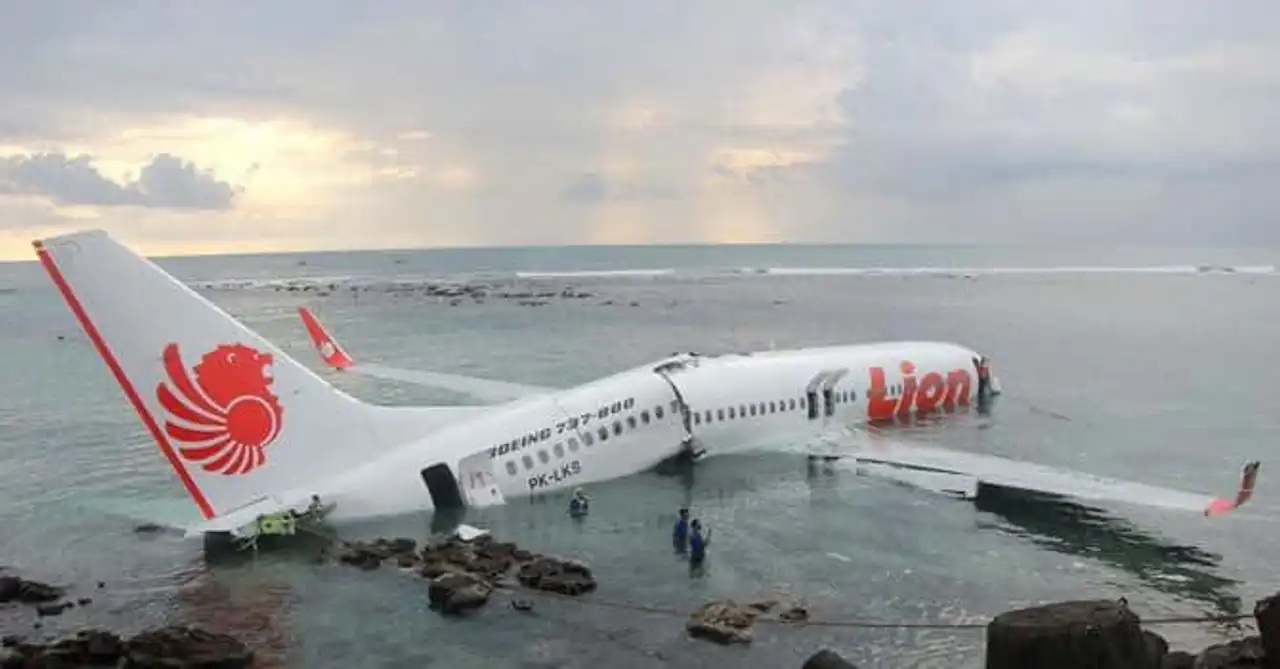Increase your chances of survival during an air crash! Some advice could help you get out of this in the event of an accident.
Here are some tips and good plans to maximize your chances of survival in the event of an aircraft accident
Who has never thought of it on a plane? The air crash is in all the heads even if the plane remains the most transport way on earth!
Before reading this article, we must know that Security is the main concern of airlines and everything is done to avoid disasters. You may have heard some information like what low-cost companies were trying to grind on security but be reassured, the reality is more complex than that.
No airline has any interest in crashing aerial only for damage in terms of popularity.
Moreover, to study an air crash and the consequences on passengers, an experiment was conducted in a corner of Mexican desert. A boeing 727 was deliberately crashed to study the remains. Inside, sensors, models and cameras to understand what is happening in this case.
Here's the crash video :
After this video, here are some small tips to survive an air crash that could help you in the event of a difficult situation or that are simply good to remember. After all, you have only one chance on 11 million to die in an air crash...
1. Korean drivers would be the best trained pilots in the world

Today, Korean pilots are undergoing very intensive training with advanced security measures. So much so that Korean aviation would be the safest in the world today in front of 100 other countries in the world!
2. The safest seats are located in the back in the event of a crash
According to a study Popular Mechanics Analysis , the safest seats are located in the back of the aircraft. By studying all air crashes since 1973, the magazine shows that you have 40% more chances of survival if you are in the back while the business class passengers have the least chance.
However, it must be emphasized that statistics are only figures and theory. For example, flight 214 Asiana Airlines crashed in San Francisco in July 2013. In fact, 2 of the 3 victims were in the aircraft’s tail with most injured passengers because the aircraft’s tail struck a dam by posing...Everything depends on the type of the accident...
During an accident, the safest position is to get in the head against the front seat.
3. Most accidents occur in the first 3 minutes and in the last 8 minutes of flight

Hudson Crash takeoff
Pay attention to takeoff and landing. Indeed, 80% of air accidents occur at these times, which are the most delicate to negotiate for pilots. Whether because of the weather or a defective room or a human error, these moments count more than the flight in itself.
4. You have about 90 seconds to get out of a device on fire
In an air crash, you have to have a sense of timing, 1 minute 30 is the time you have to escape. 90 seconds is simply the time it takes on average for the cabin temperature to be high enough to melt the human flesh.
To be more fortunate, it is also advisable to have cotton clothes and not wear synthetic material so that it does not melt because of heat.
In addition, a study also showed that during an air crash, the time for you to remove your belt and evacuate, you will have the time to browse 5 rows. If you sit at more than 5 rows of a rescue exit, your chances of survival are greatly reduced.
5. Do not take anything
During an air crash, and even in a crash where the aircraft is not very seriously damaged, many passengers still think of taking their luggage above them. It is an indefensible attitude even in the event of a “peaceful evacuation”. A variable aircraft is potentially highly flammable and in any situation, a few seconds often make the difference between life and death. By taking care of your baggage, you put your life and those behind you in danger.

6. You can survive an outdoor crash... with a forest, a marsh, and a lot of chances
Yes, it is possible to survive an outdoor accident. You will have about 3 minutes before touching the ground by falling from a plane in the middle of the flight. First of all, the ideal position is not in ball but rather flat as you would during a free fall jump to slow down your fall. Secondly, it is best to avoid water that will prove to be hard as cement to impact, but it is better to target a marsh, a forest or a snow layer if possible to slow down the final impact...








Loading comments ...